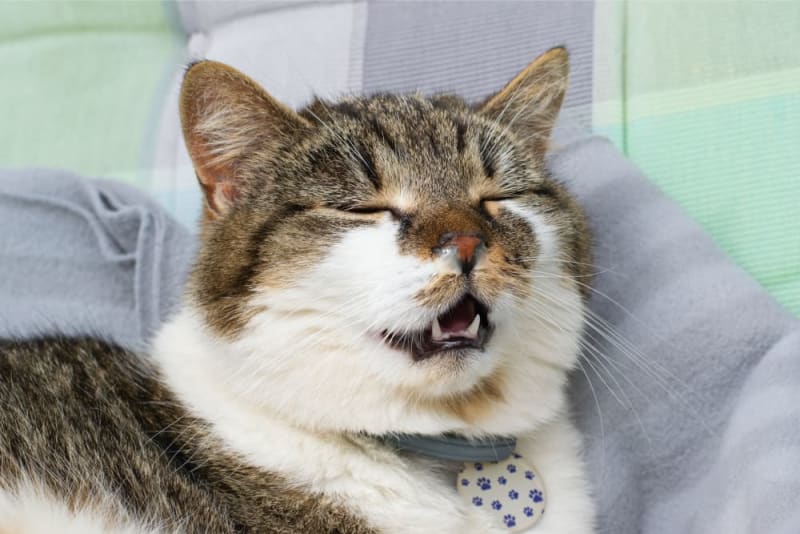Why Your Cat Needs the Rabies Vaccine
Rabies is a highly contagious, extremely dangerous virus that's fatal to cats. Fortunately, you can prevent your cat from contracting it by ensuring your kitty receives the rabies vaccine. Here, our Cincinnati vets explain why even indoor cats need this vaccine and the costs, schedule, and side effects involved.










